Acne scars removal
Acne scars are remnants of severe inflammatory acne eruptions (pustules, purulent cysts). In practice, several types of acne scars are distinguished:
- Atrophy, collapsed
- tissue paper (thin)
- small convex, caddar-like powders
- hypertrophic, nodular,
- keloids
In the treatment of acne scars, acid exfoliation (mainly TCA), microdermabrasion and mechanical or laser dermabrasion (Er: Yag or CO2 laser) have been the most commonly used in the treatment of acne scars.
Many of these methods, however, did not meet the expectations of patients, and some treatments (deep exfoliation, dermabrasions) were associated with a long-term healing process and exclusion from social life.
The most effective and at the same time less invasive method of removing acne scars is the fractionated photothermalysis method using the FRAXEL laser. The mechanism of action of FRAXEL consists in creating thermal damage in the scar of the skin, in the place of intensive collagen production. As a result, atrophic wells are pushed upward, which optically gives the skin surface smoothing effect.
Once during the procedure, we can irradiate about 20-25% of the area of the affected skin. So that the effect of the treatment was full, 4-6 treatments should be performed with an interval of about one month.
For the FRAXEL laser therapy, all atrophic scars (concave) are eligible, and the over-scars (convex) scars can not be illuminated
Precautions:
1) we do not light the skin if the acne process is still active and the amount of purulent eruptions is significant - in this case we use pharmacological treatment first,
2) if you have been treated with oral isotretinoin due to severe acne, the time from the end of therapy to surgery with FRAXEL is a minimum of 3 months;
Examples of postoperative effects: laser acne scar removal - fraxel laser
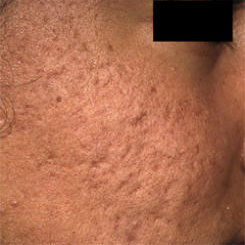 przed |
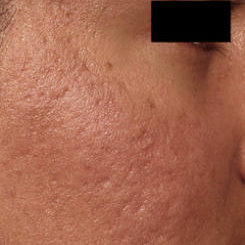 po |
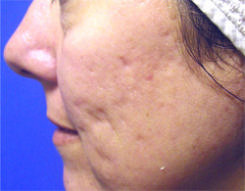 przed |
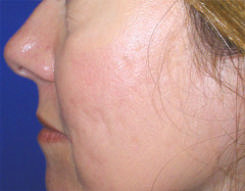 po |
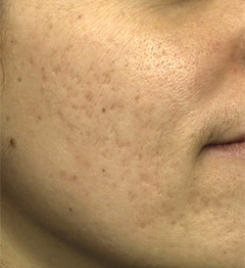 przed |
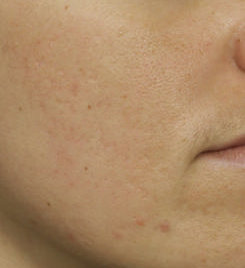 po |
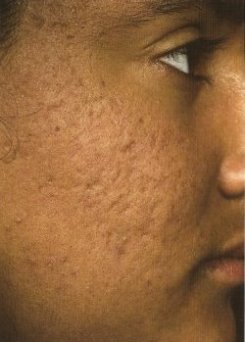 przed |
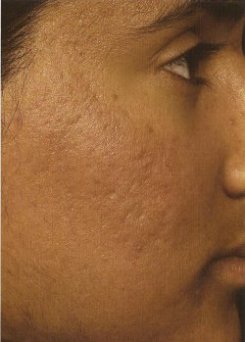 po |

